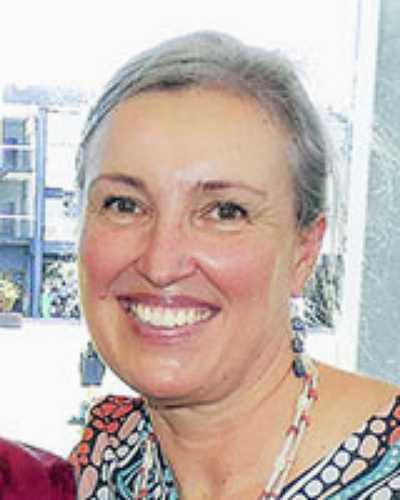Abstract
Introduction: Kowanyama is a very remote Aboriginal community. It is ranked amongst the top five most disadvantaged communities in Australia and has a very high burden of disease. Currently, the community has access to GP-led Primary Health Care (PHC) 2.5 days a week for a population of 1200 people. This audit aims to assess whether GP access correlates with retrievals and/or hospital admissions for potentially preventable conditions and whether it is cost effective and improves outcomes to provide the benchmarked staffing of GPs.
Methods: A clinical audit was undertaken of aeromedical retrievals for the year 2019 to assess whether access to a rural GP would have prevented the need for retrieval and whether the condition for retrieval was 'preventable’ or 'not preventable'. A cost-analysis was undertaken to compare the cost of providing accepted benchmark levels of GPs in community with the cost of potentially preventable retrievals.
Results: There were 89 retrievals of 73 patients in 2019. 61% of all retrievals were potentially preventable. Most (67%) of the preventable retrievals occurred with no doctor on site. For preventable condition retrievals, the mean number of visits to the clinic compared with non-preventable condition retrievals was higher for registered nurse or health worker visits (1.24 vs 0.93) and lower for GP visits (0.22 vs 0.37). The conservatively calculated costs of retrievals for 2019 matched the maximum cost of providing benchmark numbers (2.6 FTE) of rural generalist (RG) GPs in a rotating model for the audited community.
Conclusion: Greater access to GP-led PHC appears to lead to fewer retrievals and hospital admissions for potentially preventable conditions. It is likely that some preventable condition retrievals would be avoided if a GP was always on site. Providing benchmarked numbers of RG GPs in a rotating model in remote communities is cost-effective and would improve patient outcomes.
You might also be interested in:
2018 - Rural medicine ‘cooking up’ longitudinal integrated clerkships
2012 - Available hemostatic measures for postpartum hemorrhage in rural settings

